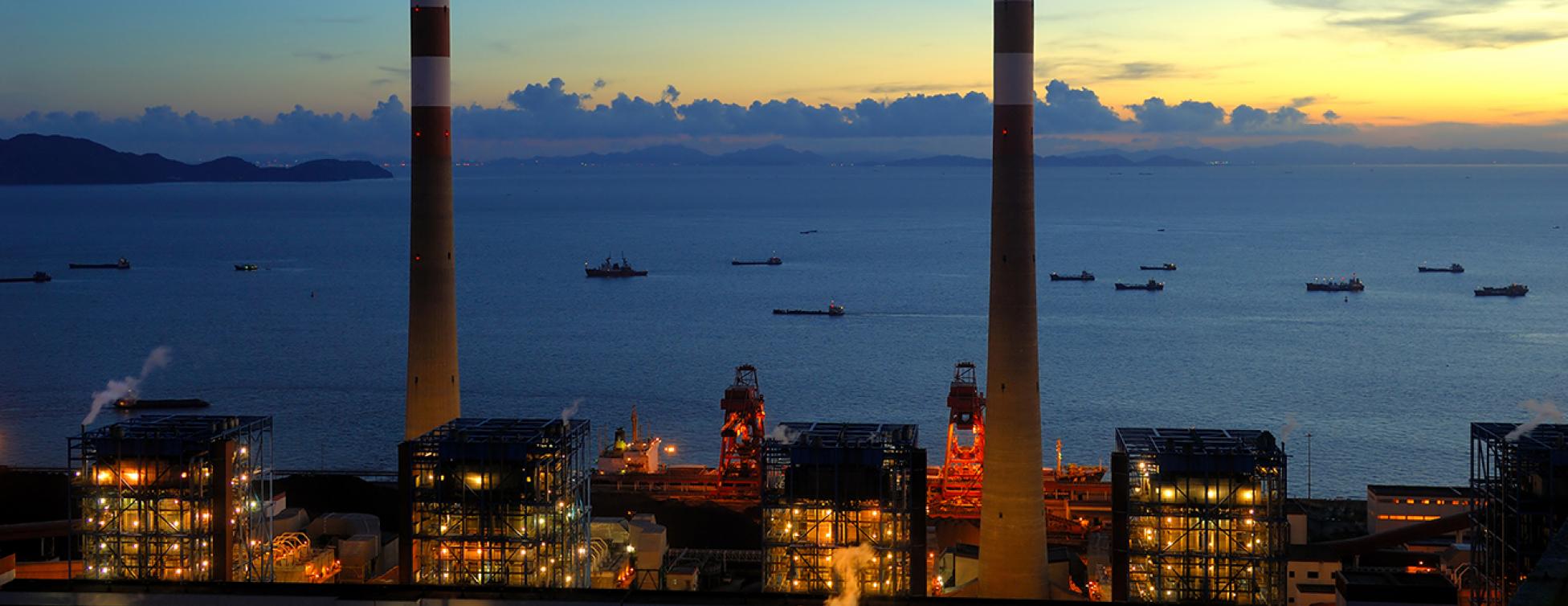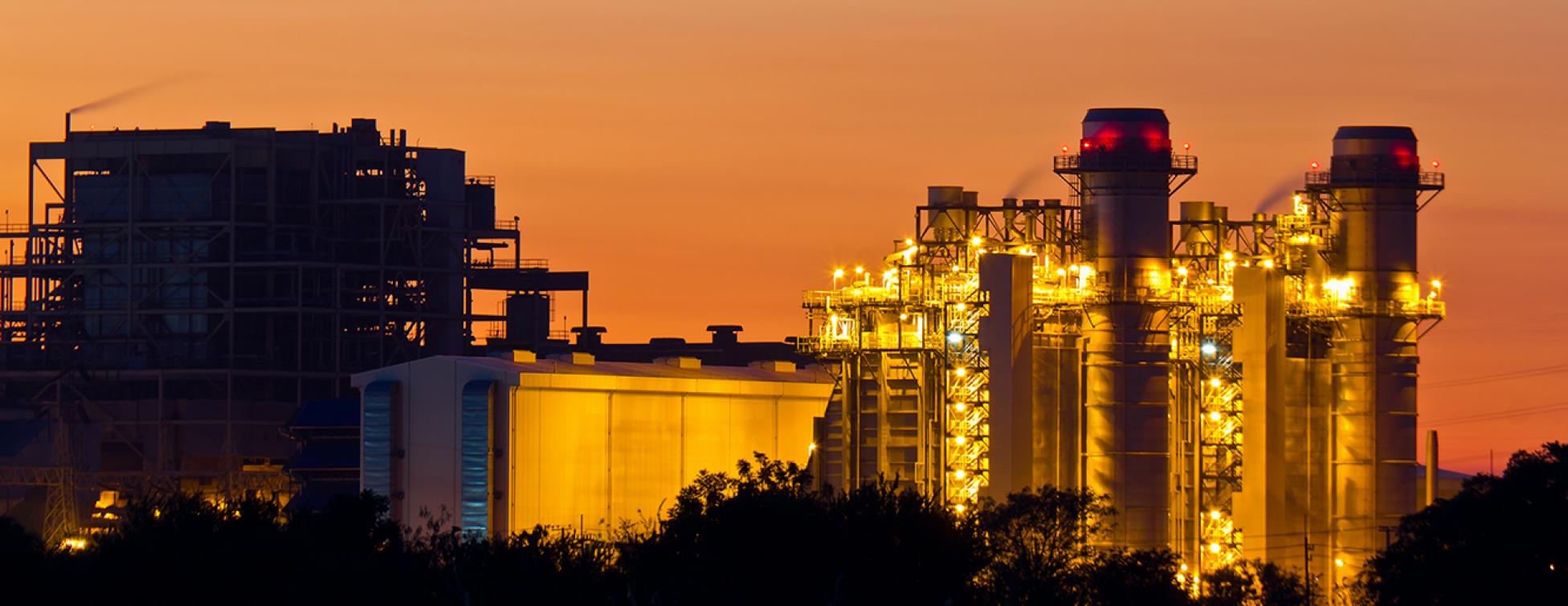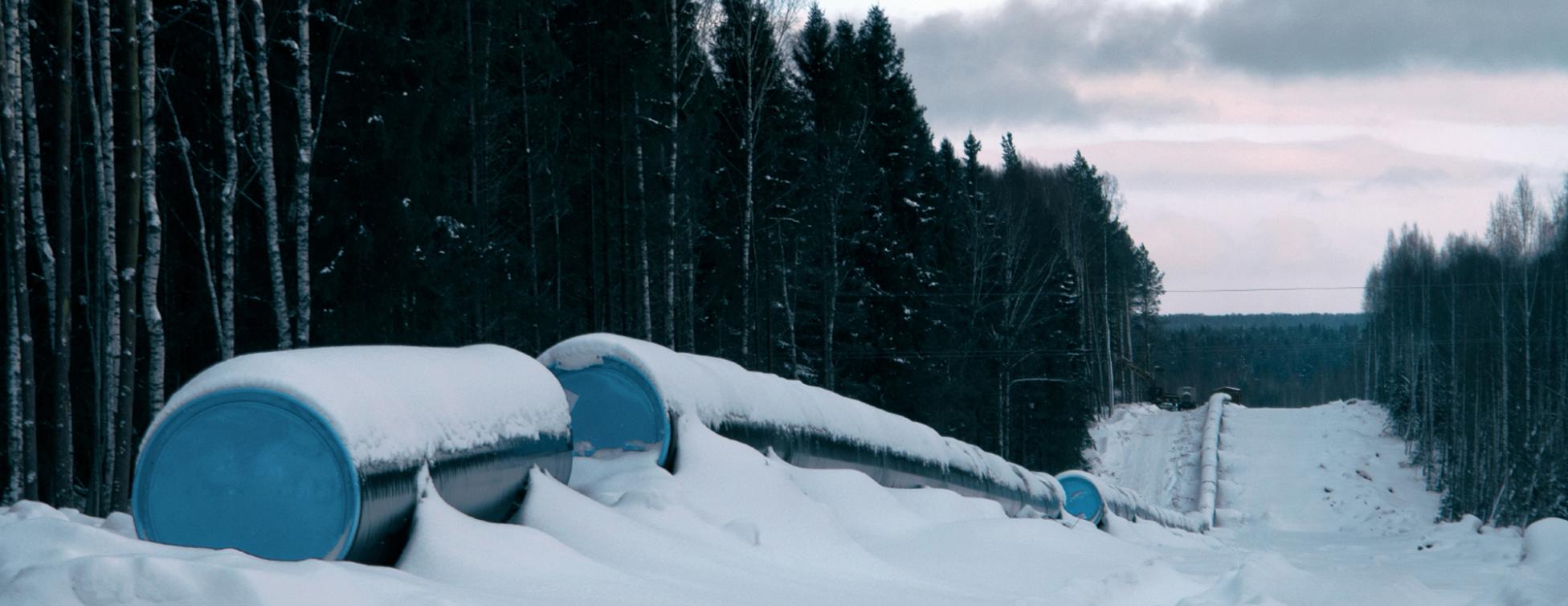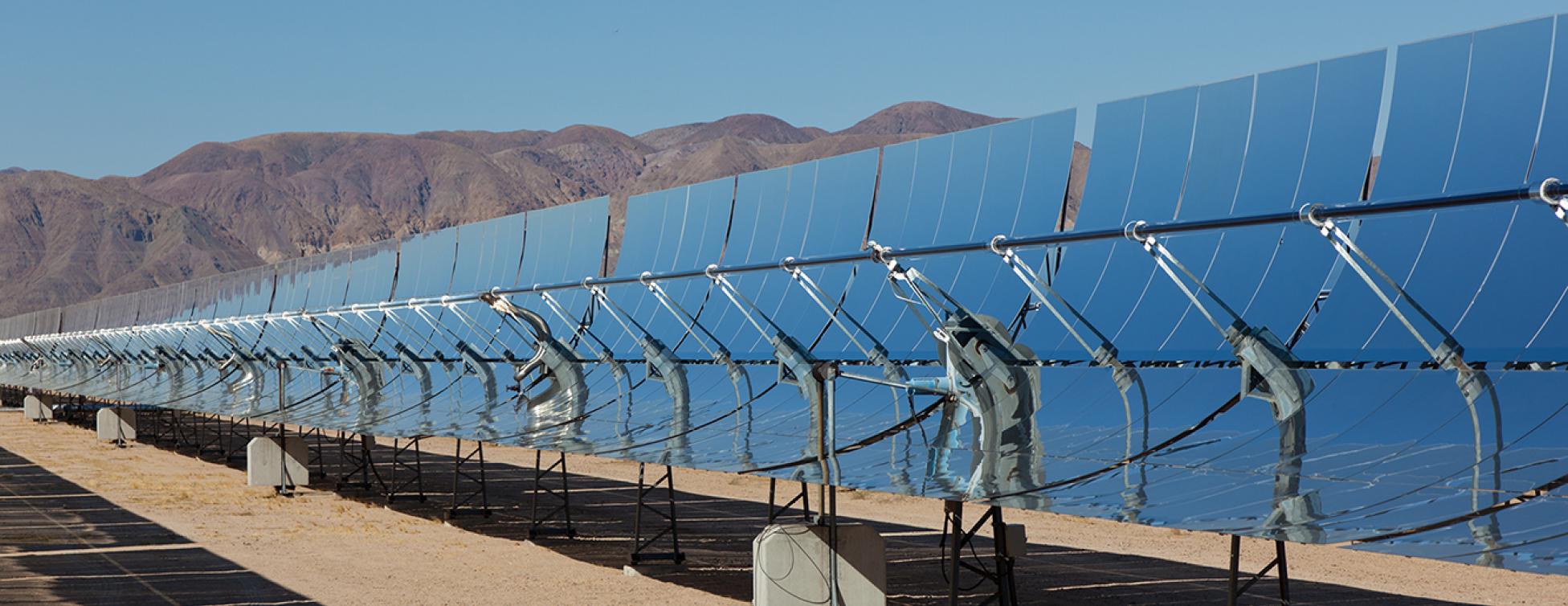Quality
Power plant owners are often unknowingly subjected to large financial risks when plants are not constructed to contracted specifications, codes, and standards.
Recent EPR experiences in the Middle East and Asia typify how compromised attention to detail can result in an unpredictable plant that fails to meet financial expectations. In such cases, a new O&M group is often relegated to “firefighting” a temperamental plant while delaying the opportunity to achieve normalized operations. The future can include output de-ratings and lengthy unplanned outages.
However, none of this is necessary or expensive to remedy, if corrected early during construction.
Contracting Status Quo
Construction is sometimes a difficult business with transient labor/supervision making enduring improvement hard to achieve for a contractor. Many contractors prefer doing the least, as quickly as possible, which results in a short-cut culture. Reinforcing this culture are brief warranty periods and limited owner remedy rights.
Common owner oversight strategy is passive, often not appreciating that a contractor can have inherently opposing objectives. Owner's teams are overly preoccupied with burdensome administrative formalities, and sometimes unable to prioritize toward field construction details. With some teams, there is limited understanding of the long-term operating impacts from seemingly 'minor' construction choices/decisions.
These circumstances for both the owner and contractor create site management conditions where delivery of a quality asset is difficult.
Post-Completion Observations
EPR’s assessment of several major power projects built in developing countries revealed facility conditions that diverged greatly from contracted codes/standards and the contractor’s own engineering. In some cases, it was difficult to find any single aspect of the plant or subsystem in acceptable (contracted) condition.
More alarming was the disparity between the contractor’s quality control inspection “records” and the field observed reality of the “product”. The quality process was polluted to such an extent that there was effectively no contractor quality control. It also seemed evident that minimal owner oversight was typically exercised.
Practical Solutions
While this is a serious industry problem, there are solutions. Generally, EPR recommends starting early to actively oversee and engage field construction details. The tone should be positive and supportive, but firm.
In some locations with trying labor circumstances, success must be viewed as “progress” not “perfection”. In this case, an owner needs an informed view of their priorities, leaving the rest to modest improvement.
As a final consideration, a contractor may initially resist an owner’s effort to improve construction performance. When properly implemented a contractor will come to appreciate the improved site culture and the free 'training-by-contact' that takes place. With strong consistent owner leadership, a contractor should come to embrace such a program and benefit from less rework and higher probability of achieving end-dates.
EPR is experienced at supporting owners with cost-effective strategies and personnel to build higher quality projects. Please visit our Project Blog to see real examples of common project problems encountered by EPR.







